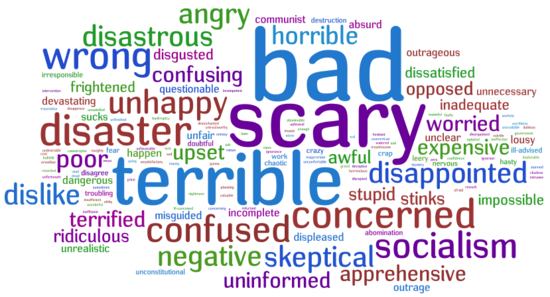Empowering Reluctant Writers
Identify the road blocks (Barriers)
- no ideas
- lack of vocab
- spelling gaps
- no motivation (engagement)
Engage Students - 'The Hook' (You need to be a charismatic teacher to motivate them to write).
Brainstorm the genre so the students know what's expected of them.
What does 'descriptive' mean?
How could you be descriptive in your writing?
Time the kids
Google docs
Use voice typing and model how to name and organise the doc including saving it to the correct folder. Get them to say the title they want and search for a picture for their description using the explore tool. Comment on the student's google doc to give them feedback/feedforward.
Wall displays: have lots of descriptive words around the room e.g. look for other words instead of small, good etc...
Link to slide presentation.
What does this mean for my practice?
I am currently trying different ways to motivate students to write with quick whole class activities to build mileage. We are working on quick writes which is going well. Students are given 10 minutes to write in response to an image from Pobble365. The students need to beat their words from the previous day which allows them to measure progress. Three students are chosen at random to share their piece of writing with the class and others are encouraged to praise them. We then carry on with writing lessons based on genre.
I like the idea of using google docs and the quick brainstorm about a genre. So far I haven't made my quick writes genre based however this could be an effective next step to include in quick write sessions.